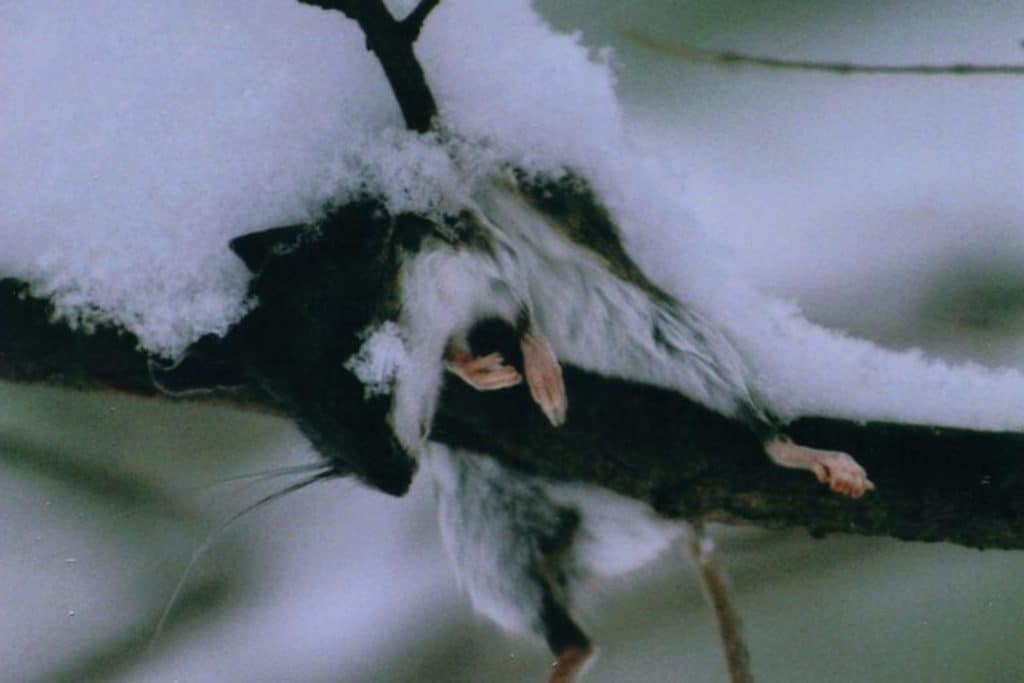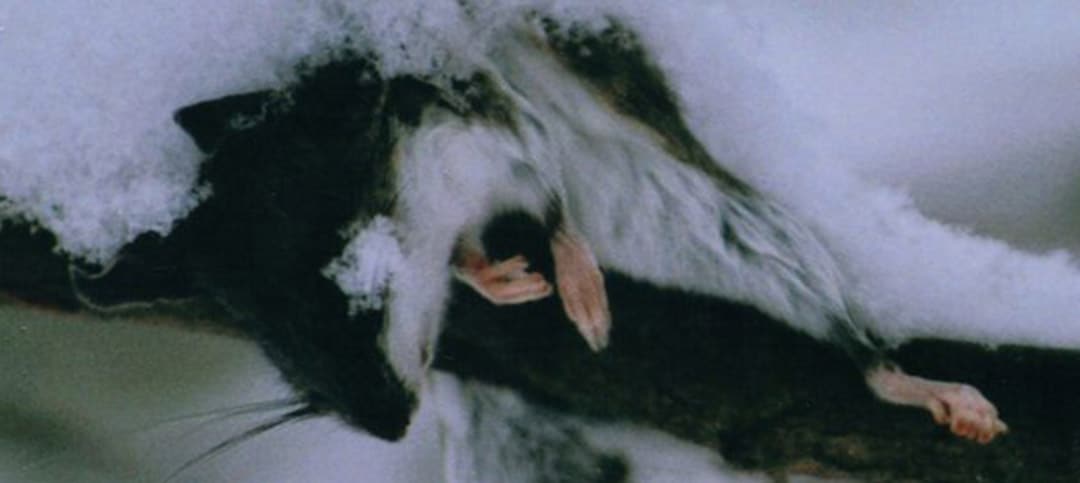Winter is primetime for owl prowling since many species’ breeding seasons are either underway or quickly approach, and they act accordingly. Great horned and barred owls hoot in declaration of their territories as well as to communicate with their mate. Eastern screech owls whinny and northern saw-whets squeal as day turns to night.
However, don’t expect to be greeted by a choir on every outing. A successful owler must summon the prowler within to be rewarded. Happenings of the day are set aside and the brain unburdened. Stealth is exercised through light steps and adjusted eyesight. Auditory perception is heightened. Resilience, confidence, and knowledge, as with most endeavors, are of paramount importance.
Two owl prowl programs were offered by Steep Rock Association this year. The first was held during a cool, clear November night, hours before a snowstorm engulfed the area. A barred owl hooted from a ridge top and later an eastern screech owl defiantly answered territorial calls before flying in to investigate. The small owl was spotted about 20 feet away, silently perched in the periphery of a flashlight beam. This individual had beautiful brownish-red plumage, clearly a red-morph screech, as opposed to a gray-morph. Moments later a northern-saw whet owl announced its presence with a series of different vocalizations. The feisty bird flew low overhead of the group and rigorously flapped itself out of sight, crash landing in a young maple forest. Seeing as the prowl was so well attended and eventful, a second was held on another clear, cold night. A mostly full moon shone bright, but a steady breeze persisted and no owls were detected.
Owls will often fly in to check out the origin of a call before vocalizing themselves, and it takes a keen eye to spot movement in the night sky or a dark silhouette on a limb. Feathered wings and legs that create no wind resistance ensure they go undetected in flight. Primary flight feathers have a serrated leading edge that cuts through the air and a flexible, porous trailing edge that then mutes noisy vibrations.
Prowling can also be practiced during the day by searching for areas of white wash at the base of trees or on the ground. The smaller eastern screech and northern-saw whet owls use the same roosts over and over resulting in the buildup of chalky white droppings beneath them. Other signs to look for are mobbing birds and prey caches (food storage for later consumption). A study conducted in New Haven that examined caching behavior of saw-whet owls found that caches usually consist of a single small mammal, always laid across the branch on which the owl was roosting. They also noted that caching was most commonly observed during the coldest months of the year, and usually associated with periods of prolonged snow cover.
Devine, A. and D.G. Smith. 2005. Caching behavior in Northern Saw-whet Owls, Aegolius acadicus. Canadian Field-Naturalist 119(4): 578-579.



